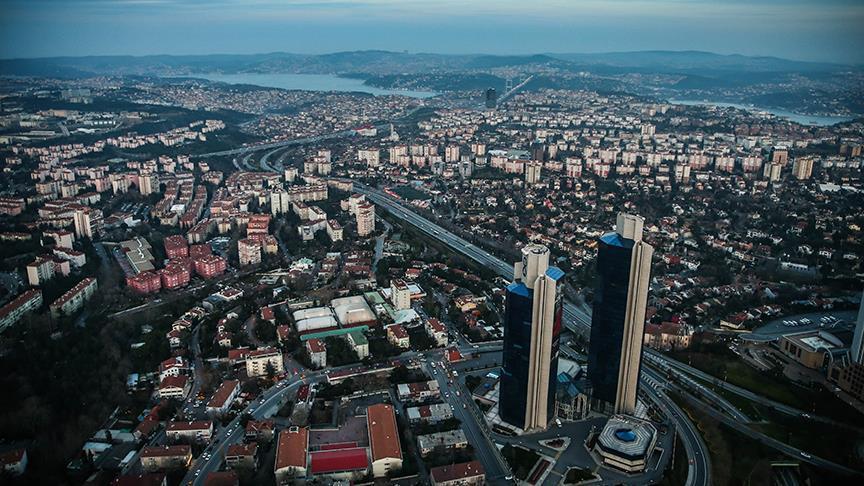
Istanbul Technical University (İTÜ) has claimed that the 6.2-magnitude earthquake released just 12 percent of the fault energy that has been accumulating beneath Istanbul for over two centuries, debunking the theory that the April 23 tremor might have mitigated the severity of the long-anticipated major quake.
Though moderate in scale, the quake reignited widespread fears in the megacity of over 16 million residents, where scientists have long warned of a potentially devastating seismic event.
Some seismologists suggested that the April tremor may have alleviated some of the seismic tension beneath the city, possibly reducing the expected intensity of a future quake exceeding magnitude 7.
However, calculations conducted by İTÜ challenge this claim. Experts assessed that approximately only 12 percent of the seismic strain built up since the devastating 1766 earthquake was discharged. They emphasized that the majority of the fault remains unruptured.
Professor Dr. Cenk Yaltırak of İTÜ noted that the quake affected only a 20-kilometer section of the Kumburgaz segment in the Marmara Sea, resulting in roughly 30 centimeters of displacement. In contrast, the entire segment has accumulated stress equivalent to a displacement of 3.7 meters.
“Most of the fault remains locked. This was not the harbinger of a major rupture; yet it's also unrealistic to say that 'stress has been released,’” Yaltırak warned, adding that the risk of sequential earthquakes must not be dismissed.
“But people only hear what they want to hear. This is a deviation from science. People tend to believe those who offer comfort rather than truth, but the reality is that nature does not act on sentiment,” he said.
He emphasized that the foremost responsibility of scientists is to identify the gravest risks and use that knowledge to guide urban transformation and disaster planning.
The 6.2 magnitude tremor brought back to the surface deep public anxiety about Istanbul’s acute earthquake vulnerability.
Experts estimate that around 1.5 million buildings in the city are at risk, with 30 percent considered an immediate threat requiring urgent transformation.
In response, the Environment, Urbanization and Climate Change Ministry is set to convene a high-level summit on May 8 to address Istanbul’s urban renewal strategy.
Minister Murat Kurum will host the meeting, with an invitation sent to Istanbul’s acting mayor Nuri Aslan — appointed after Ekrem İmamoğlu was arrested in March on corruption charges, as well as all 39 district mayors of the city.
The minister is expected to call on municipalities to join forces in a collective battle to transform Istanbul, framing the effort as a national mobilization.
Kurum previously characterized Istanbul’s earthquake vulnerability as a “national security issue” immediately after the April quake.
“To our citizens and to the municipalities charged with direct responsibility for earthquake transformations: Every second counts for Istanbul. Time is running out,” Kurum said at the time.